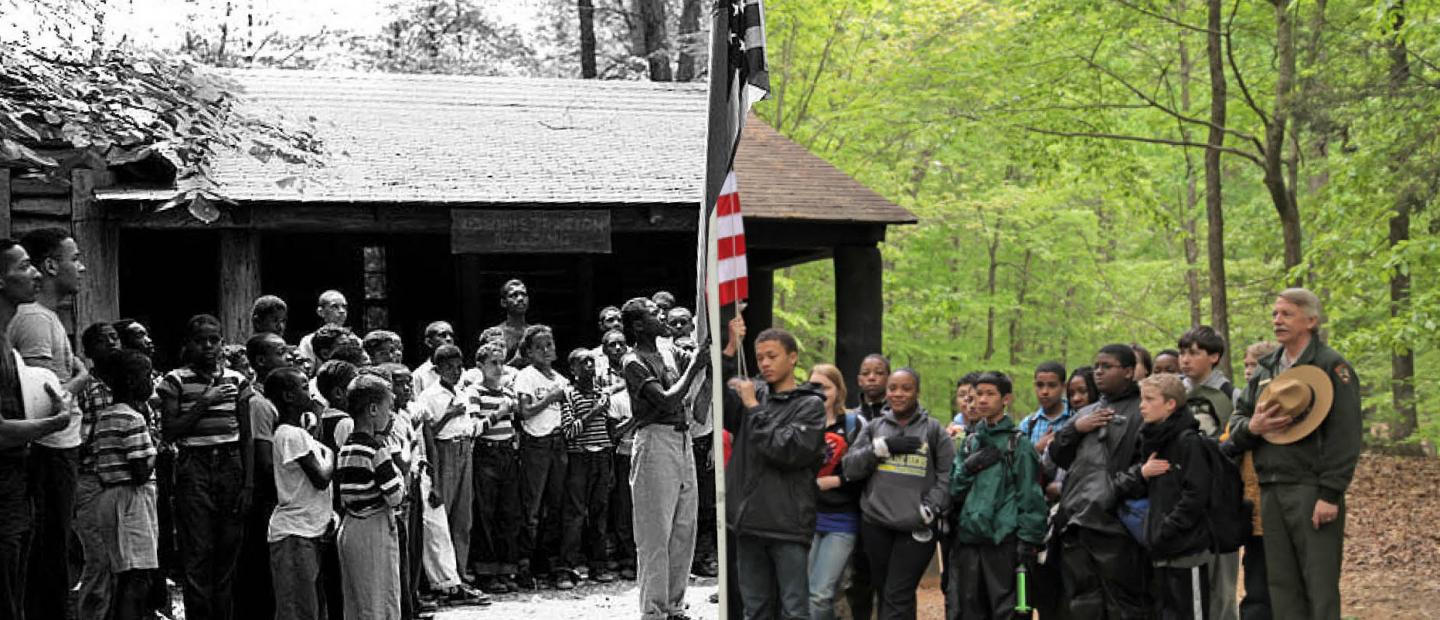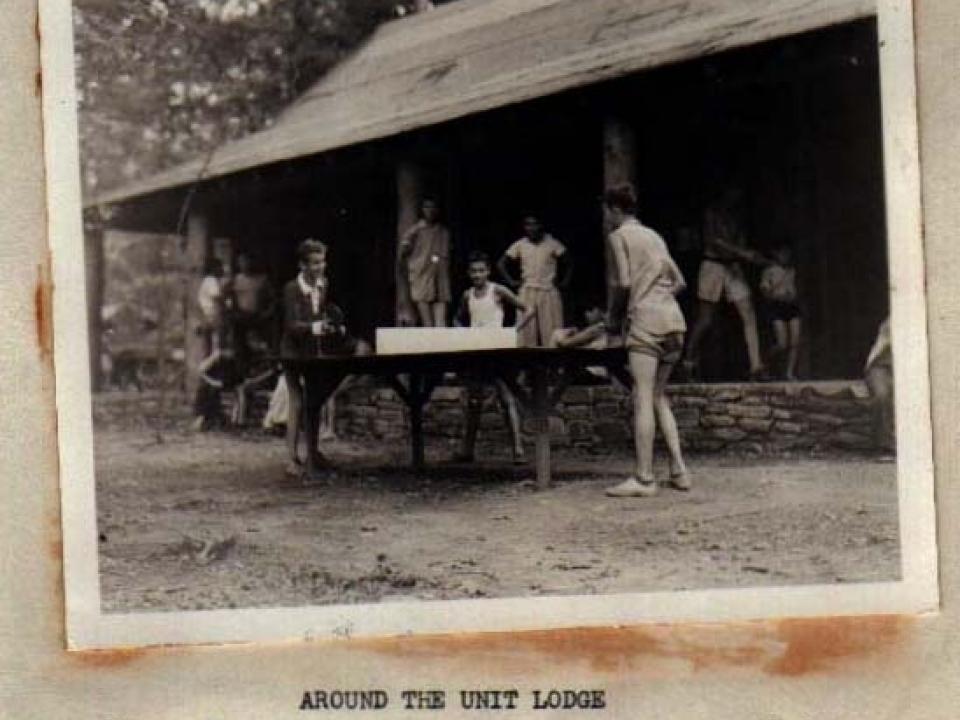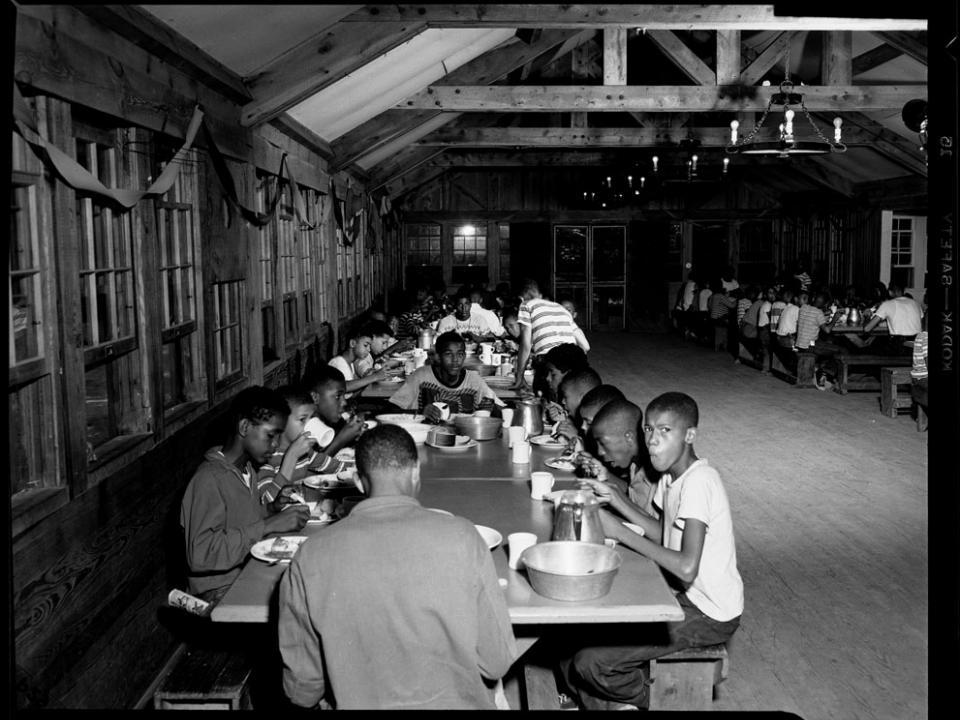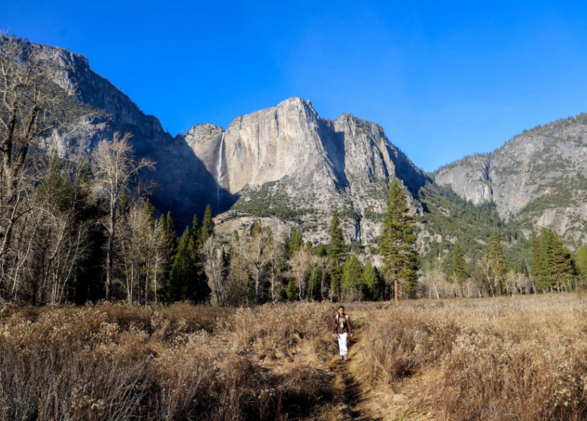A History of Prince William Forest: Increasing Access & Striving for Inclusion

Since its establishment nearly a century ago, Prince William Forest Park has served as a place of both solitude and exploration for Washington, D.C. city youth to discover the science and wonder of the natural world. The history of the park dates back to a legacy of access and, eventually, inclusion - a legacy that continues to be upheld throughout this sprawling 16,000-acre treasure today.
Our own NatureBridge Mid-Atlantic regional board member Reginald “Flip” Hagood is a part of that very history. As an elementary school student growing up in the heart of the capitol in the 1950s, Flip recalls jumping on a school bus alongside his peers and riding down Route 95 to Prince William Forest Park. Of course at the time, Flip couldn’t have known this excitement for summer camp would eventually come full circle.
We recently sat down with Flip to hear his account of the history of Prince William Forest Park, the work that still needs to be done in diversifying the outdoors and the healing power of nature.

The Most Successful RDA: Chopawamsic #
In the early 1930s, the majority of national parks in the U.S. were inaccessible to large populations of Americans. Not only were most park locations sequestered on one side of the country, but cost remained a significant obstacle for many during the Great Depression. As a result, leaders in the country developed the Recreational Demonstration Areas initiative as a National Park Service program. Created as a means of providing access to large recreation spaces for all people, especially in urban areas, RDAs were purchased and established in 46 public parks across 24 different states, all within 35 miles of the nearest city.
Just a short drive from our nation’s capital, the Chopawamsic RDA in Virginia officially opened in the summer of 1936 in what would one day come to be called Prince William Forest Park. Early on, organizations like the YMCA, Family Services Association, Jewish Community Center, Arlington Girl Scouts and Salvation Army partnered with the NPS to provide summer camps for children.
Growing up in D.C., Flip recalls many kids from his neighborhood taking part in these social service-sponsored trips to Chopawamsic RDA. As an urban kid, the adventure to Prince William opened his eyes to the fact that just 35 miles from the city streets was an inspiring, accessible outdoor space. As one of the original RDAs, this location went on to become the most successful, as well as one of the only recreation areas to remain an NPS program.
Flip emphasized the significance of what makes the space—still used today by NatureBridge—so unique, adding that at the time, the African American community was the main beneficiary of that land.
“The original legislative intent of why that site is there is still the mandate of that park today,” he said. “Giving urban youth from the city the opportunity to get out outdoors is what’s still being done by NatureBridge.”
Diversifying the Outdoors #
Woven throughout the fabric of Prince William Forest Park is also a history of segregation. According to the NPS, though Associate Director at the time Conrad Wirth disagreed with segregation practices, it was decided that the camp would follow common practice in the state of Virginia. Many of the visiting organizations utilizing the camp cabins were already segregated.
“When I was at Prince William it was a segregated park,” said Flip. “There was one side of the park that was reserved for white America and one side for black America. Because those were the rules of the day.”
Reflecting on that time, however, Flip doesn’t see the segregation at Prince William having held him back in any way.
Even though it was segregated, it didn’t interfere with the opportunity for a child to engage in nature. Nature has those healing and spiritual qualities. Even though you were in an environment that could be viewed as oppressive because it was separate, because you were outdoors, you didn’t think about the apartness. Nature has that kind of power.Reginald "Flip" Hagood
That connection to the natural world put Flip on the path to three decades of service with the NPS. During those years, he became quite familiar with the parks of the region. While sweeping changes have allowed for growth across our country in the outdoor realm since Flip was a child, he still sees much work to be done.
“Access to the outdoors can be prohibitive just due to cost,” he said. “That can be a deterrent to anyone having a chance to get outdoors and that’s why I’m so highly motivated to do volunteer service today.”
Increasing Access #
Following a long career with the NPS and a post-retirement role as the senior vice president for the Student Conservation Association’s strategic initiatives and business development, Flip continues his work on access to the outdoors for all by serving on diversity committees for nonprofits that inspire stewardship of the environment, strategic initiatives and business development teams and boards like NatureBridge. Thanks to the hard work of many individuals, there are recognizable changes he can see today.
“That community [at Prince William Forest] is so broad and so diverse today,” he said. “The faces of the kids that are serviced from the area are a truly eclectic mix, so that is a real, true change. And over time, I think who is provided service at the park will continue to evolve.”
That evolution is why Flip remains so motivated to continue the volunteer work and service that he does today. The outdoors provide a different kind of learning, one that is so critical for our young people, Flip explained. It’s the kind of learning that allows for hands-on engagement: you smell it, you touch it, you taste it and that is quite impactful. Sitting in his home in Virginia, Flip acknowledges that his story with Prince William and the outdoor world has come full circle.
In a very tangible way, I’m ensuring that that kind of opportunity continues for our young people. I know that the need I had as a child and the opening of my eyes as as child is still relevant and Prince William Forest Park itself still allows the same opportunity of wonder for youth today.Reginald “Flip” Hagood
NatureBridge opened its doors at Cabin Camp 1 in Prince William Forest Park in 2012, its 6th national park campus. Today, through outdoor environmental science education programs, NatureBridge serves 1,500 Washington, D.C. area public school students in Prince William Forest annually. Nearly 100% of schools that attend receive scholarship support.
Header image: photo courtesy Scurlock Studios, Archives Center, National Museum of American History, Smithsonian Institution.



